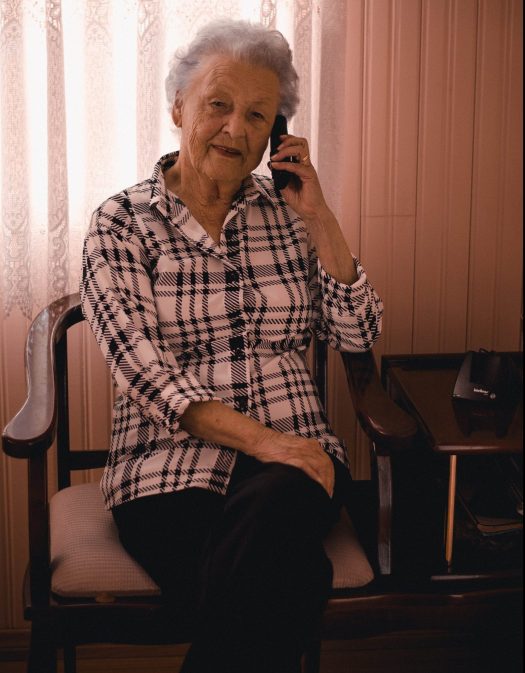By Barbara O’Neill, Ph.D., CFP®, AFC [email protected].
Many millennials in their late 30s and Gen-Xers in their 40s and 50s balance adult caregiving with full-time jobs and families of their own. Some of them are military families, who simultaneously support both older and younger family members while performing their military duties.
One way to reduce the emotional and financial stress associated with caregiving for older adults is to reduce their risk of falls. For many caregivers, the start of caregiving usually begins with a call about a fall. Falls are the number one cause of injuries and deaths from injury among older adults. According to a report by the Centers for Disease Control “Every second of every day in the United States, an older adult falls.”

Luizmedeirosph/Pexels.com, CC0
Stated another way, one in four older Americans fall each year. Two-thirds of those who fall will fall again within six months and more than half of people age 80+ fall annually. Even more sobering, 25% of older adults who break a hip from a fall die within six months from complications after surgery. What can be done to prevent a fall by an older adult?
Consider these recommendations from senior living experts to reduce the likelihood of a fall:
Remove Safety Hazards
Pay attention to items that can cause falls. Examples include garden and vacuum cleaner hoses, rugs, pet toys, grandchildren’s toys, staircase clutter, electrical extension cords, slick and shiny floors (increases glare), and/or wet, slippery floors, especially in bathrooms
Encourage Good Health Habits
Urge older adults to keep their bones strong and to include weight-bearing activity (e.g., walking) and strength-building exercises in their daily routine. Check out local exercise classes that are designed specifically for this age group. Many are free or low cost through local health departments, area agencies on aging, or non-profit agencies.
Improve Lighting
Make sure that staircases and hallways in an older adult’s house are well lit and “layer” their light by combining ambient lighting (e.g., normal room lights and natural light from outdoors) with task lighting (e.g., a lamp for reading), and accent lighting (e.g., decorative wall sconce lamps).
Make Items Accessible
Help older adults rearrange pantry closets, kitchen cabinets, garages, and other places where items are stored. Move items to a lower height level or install pull-out drawers for easy access. The goal is that an older person should not have to get on a ladder to retrieve something and risk falling.
Reach Out for Help
The Department of Veterans Affairs Aid and Attendance benefit may offer respite care, home health care, and more. Also, the Medicaid waiver program, offered by each state, may offer in-home health care, financial support for home modification, medical equipment, caregiver support services, respite care, and transportation.
Find Local Resources
Call 211 or check 211.org to find out if there are any local or state programs to assist older adults with home renovation expenses if needed. Some government entities have loans or grants designed to help people stay in their homes. Also, investigate support services like Meals on Wheels.
Consider Multi-Generational Housing
Present the option of doubling (or tripling) up for clients to consider. For example, a grandparent might live with adult children and grandchildren. Family members pool their income to cover the mortgage and also share caregiving roles.
Falling does not have to be part of the aging process. It can be avoided.
For more information on falls by older adults and ways to prevent them, visit the National Council on Aging Falls Prevention site at www.ncoa.org/healthy-aging/falls-prevention













